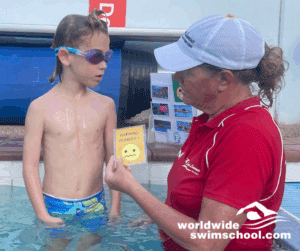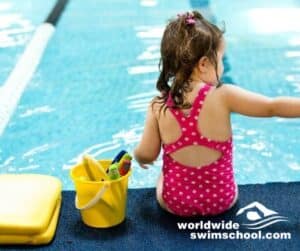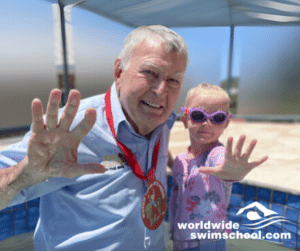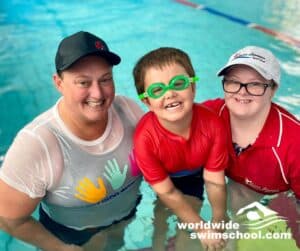Swim Schools should have an adequate ‘Learn to Swim’ program, which includes all the elements to start swimming lessons. However, it may be worthwhile to look at ways to improve and extend these programs, and to offer an ‘Introducing Adult Swimming Lessons’ option. If you own a Swim School, it may be worthwhile to start with asking yourself the following questions:
- Do you currently offer lessons for infants, toddlers and squads?
- Is your program inclusive of swimmers with additional needs?
It’s important to have a basis of useful programs to start with, and to extend your services from here. Ensure your teachers are well trained and enthusiastic about delivering lessons for the above classes. In addition to this, you may like to consider Introducing Adult Swimming Lessons into your program.
Introducing Adult Swimming Lessons
The great thing about providing adult swimming lessons is that, usually, these swimmers attend lessons by choice. They want to learn to swim, they choose to be there and, most importantly, they are keen to learn. This doesn’t always happen when teaching younger swimmers, so instructors should jump at the chance to teach adult swimmers. The market for adult swimming is two-fold – beginner swimmers and swimmers for fitness.
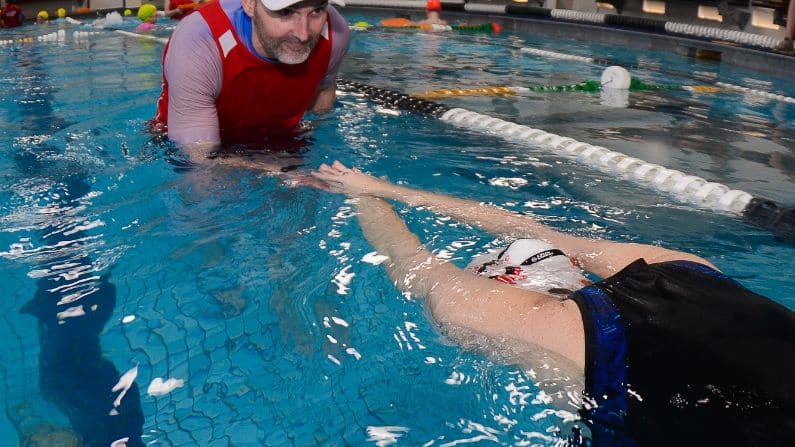
Beginner Swimmers
Believe it or not, there are some adults out there who have never had swimming lessons, or learnt to swim properly. There are many reasons for this – fear, religion, location, weather, access and many more opportunities may have arisen in an adult’s life. However, many adults are competent in swimming skills, and like to swim for their fitness and health. They may have a background in competitive swimming, or have learned later in life. When introducing adult swimming lessons, it’s important to start off slow and be patient with the swimmer. If fear is the factor for putting off swimming lessons, this is especially important to consider.
What to Consider When Introducing Adult Swimming Lessons
- Ensure times available for adult lessons are appropriate – beginners may be embarrassed to swim at the same time as younger swimmers. Also, keep in mind both work and school drop-off/pickup times, which may not be suitable
- Communicate with adults – ask why they are swimming – do they want fitness, stroke correction, skills and drills or safety?
- Adults learn at a different pace than each other – be prepared to provide different activities for adults who are learning at different paces
- Lessons may be difficult for adults with pre-disposed attitudes to water – some Learners may be more comfortable on their back with their face out of the water
- Use equipment – Flippers, paddles, kickboards and pull buoys may assist in teaching adults to swim. But, also ensure swimmers are doing some swimming without.

Teach Water Safety
It’s worth noting that swim instructors are mindful of supervision and safety when providing different learning opportunities for adults. It would be easy to assume that because they are adults, they’ll know what to do in the event of an emergency, but that is not always the case. Adequate health and safety measures should always be in place during every lesson.
Give Feedback
It’s important to ensure that adult swimmers are rewarded in their lessons. Everyone likes to be congratulated when they are improving. This can include verbal congratulations, appearing in newsletter or participating in a swimming carnival at the swim school. These actions may give adult swimmers a boost in their confidence and a feeling of achievement.
Join our community to get access to our latest offers and releases.
Our Teaching Adults To Swim pack will get you started on tips on teaching adults to swim.


